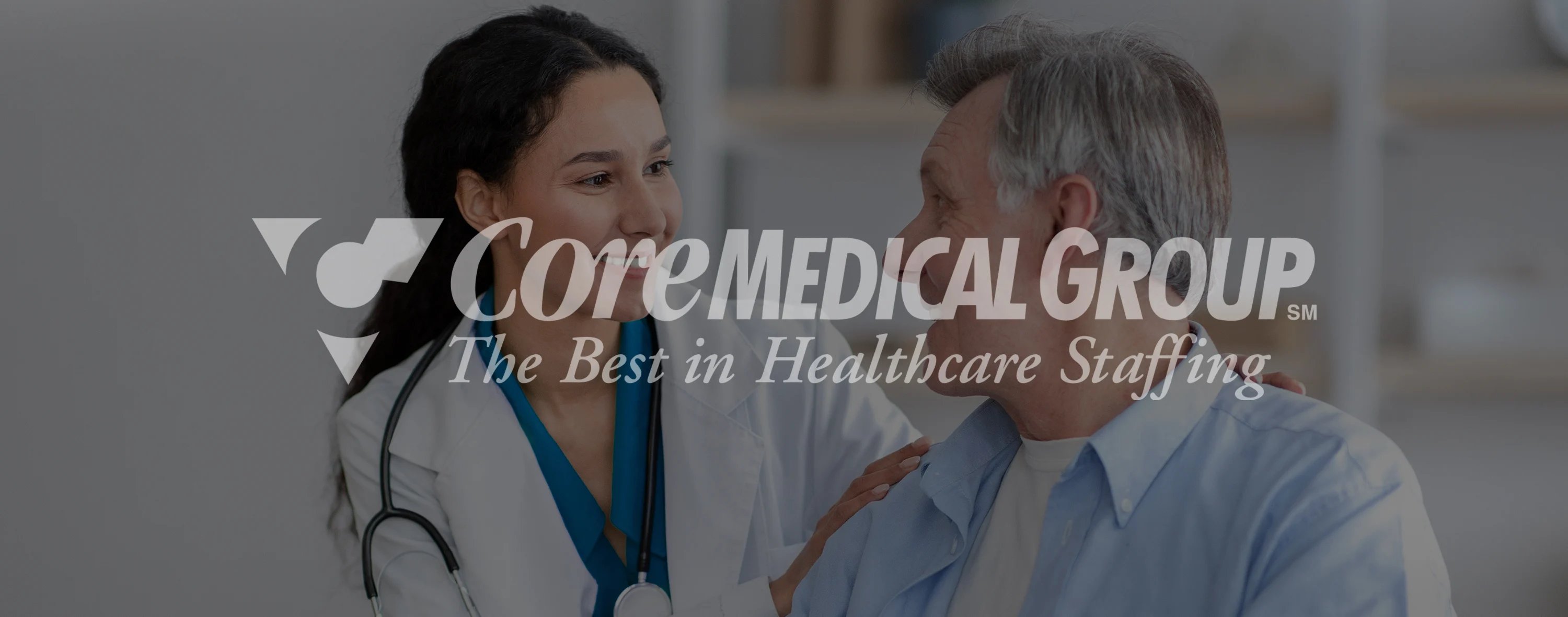
When I was in PT school, I worked as a PT tech in a small community hospital in my hometown. One summer we got a last-minute referral sent over by one of the docs. Our secretary, a kind, outgoing older woman who had been working in the hospital for years, handed it to me, and I exclaimed, “PT referral for a pregnant woman on the 3rd floor…what?!” This wasn’t at all a typical referral for us.
We were used to getting patients with wounds for the whirlpool (which I had to clean out while holding my breath) and typical orthopedic patients, in need of help with their hips and knees. I was excited. This could be something cool, I thought. “What on earth could a PT do with a woman who was pregnant?”
I brought the printed referral over to Brian, our lead PT. He was a tall man, runner’s build, hunched over a small laptop, documenting. The small laptop made him look like a giant. I wordlessly handed him the referral. He glanced over, took the referral, uttered “thanks,” and resumed typing. “What’s the referral for the pregnant patient for?”
“Oh, probably just positioning.” He said without glancing over. My shoulders fell. What a letdown. That did not sound exciting—I was set on working with athletes (just like every other student PT out there). I brushed my excitement aside.
Fast forward 4 years; I’m working at the University of Pittsburgh Medical Center in an outpatient clinic with general orthopedics and chronic pain, both of which are fascinating to me, but there’s still something missing. I am hugely passionate about prevention. I start to wonder how to prevent chronic pain and certain orthopedic conditions like labral tears, patellar femoral syndrome, and low back pain. I’m working with many women in their 40s, 50s, and 60s who all have similar problems.
The gears started turning, and I start asking more detailed questions—questions about their child's birthing years, about their self-care, about when all of these recurring problems seemed to start.
For most of them, their physical problems all started after having two or more children over a span of 5-10 years. They started to have pain, stopped putting themselves first, and stopped exercising. This spiraled into years of pain and dysfunction. They all had another crucial thing in common: their core was shot. I thought, “if somehow I could intervene earlier, maybe I could prevent some of this…”
I did some googling for pregnant PT and settled on APTA’s Fundamentals of Pregnancy and Postpartum Course. It was a phenomenal course and spurred a fervor that would motivate me to specialize in obstetrics and eventually, open my own private practice serving pregnant and postpartum women.
What is obstetric PT?
Obstetric physical therapy is a subspecialty within women’s health physical therapy. It’s gaining more traction now due to the poor maternal outcomes in the US, but it’s still a lesser-known specialty within physical therapy. An obstetric physical therapist works with pregnant people during their pregnancy, in childbirth, and postpartum whereas women’s health and pelvic health physical therapists work with men and women with problems with their pelvic floor.
Obstetric PTs work with pregnant people to resolve pain, resolve incontinence, safely start or continue an exercise program, and prepare their bodies for labor and delivery. Obstetric PTs also help women during the labor and delivery process to prevent labor dystocia (which occurs when the baby is not coming out even though the person is having contractions), prevent perineal tearing, and manage pain.
Obstetric PTs also help in the postpartum period to help in the recovery process after a cesarean section, transition patients safely back into an exercise program, and resolve many other problems that may occur including prolapse, incontinence, diastasis recti, Dequervain’s tendinitis, pain during sex, and pelvic pain.
Why choose obstetric physical therapy?
So, if it's such a subspecialty, why would you want to become an obstetric PT? And why would a clinic or hospital owner want to hire an Obstetric PT?
The quick answer? 50% of the population is female! 43.5 million of those are mothers and 3.9 million women between the ages of 15 and 50 have given birth in the past 12 months.
Obviously, there are a ton of people who are physically affected by pregnancy. As an obstetric PT, you can change the lives of so many people in a very crucial and vulnerable time of their lives and for years after. From a financial angle, people will always continue getting pregnant (it’s in our DNA to procreate), so there will always be business for you.
What do you need to be a successful obstetric PT?
Be comfortable with internal vaginal exams
To be successful as an obstetric PT, you need to be comfortable with completing internal vaginal exams. While some obstetric PTs practice externally, there is a lot of information you can gain from completing an internal vaginal (and sometimes rectal) exam, so you need to be comfortable doing the training for an internal exam or have providers that provide internal exams to refer out to if needed.
Take the time to ask questions to get through the exam as well. You can keep your patients informed about what you're reviewing with these six questions!
You also need to be gentle. No one wants to get a vaginal exam from a heavy-handed, rough therapist. You’re dealing with sensitive structures and an area of the body that comes with a lot of emotional attachment, so it’s important to be gentle in your approach.
Be empathetic.
While all PTs need some degree of empathy to be successful, OBPTs need to master it. You'll be working with people who are in a fairly vulnerable time in life, experiencing many new changes and challenges, and they may be embarrassed about the specific problems they are having.
Obstetric PTs deal with problems such as sexual dysfunction, pubic pain during pregnancy, and incontinence. These are problems that need to be dealt with and handled with more sensitivity than an ACL tear. Many women also have a history of sexual assault or have had traumatic childbirth-related experiences, so compassion and knowledge around these topics is a must.
Be confident and advocate for yourself.
You also should be confident and willing to put yourself out there (or fake it ‘til you make it). OBPT is a relatively unknown specialty, so you may need to create your own business or hospital program, market to OB-GYN’s, and talk to the public to let them know what you can do to help.
Be knowledgeable.
Obstetric PTs treat a variety of ailments for pregnant and postpartum women. A strong background in orthopedic physical therapy is a must—you’ll need to know the arthrokinematics and osteokinematics of the pelvis, the musculoskeletal system, and kinesiology like the back of your hand. Successful OBPTs look at the whole picture as well as the internal pelvic structures.
To be a successful OBPT, you also need to get the right training—there are many avenues you can take to get into obstetric PT. I’ll go over specifics in another article!
Moving forward
If you are a PT who is intrigued by this specialty, you’re in good company. I get Facebook messages weekly from colleagues who are thinking of getting into OBPT. Some have become interested because they went through a pregnancy and have had less than stellar outcomes. Others have found their way through seeing friends and family struggle. Some have been thinking about delving into this specialty for years and have put it on the back burner.
My advice to you? Do it. And don’t wait.
Wondering if Obstetrics Physical Therapy is the best move for you? Join our talent community and start searching through jobs! We look forward to working with you.
